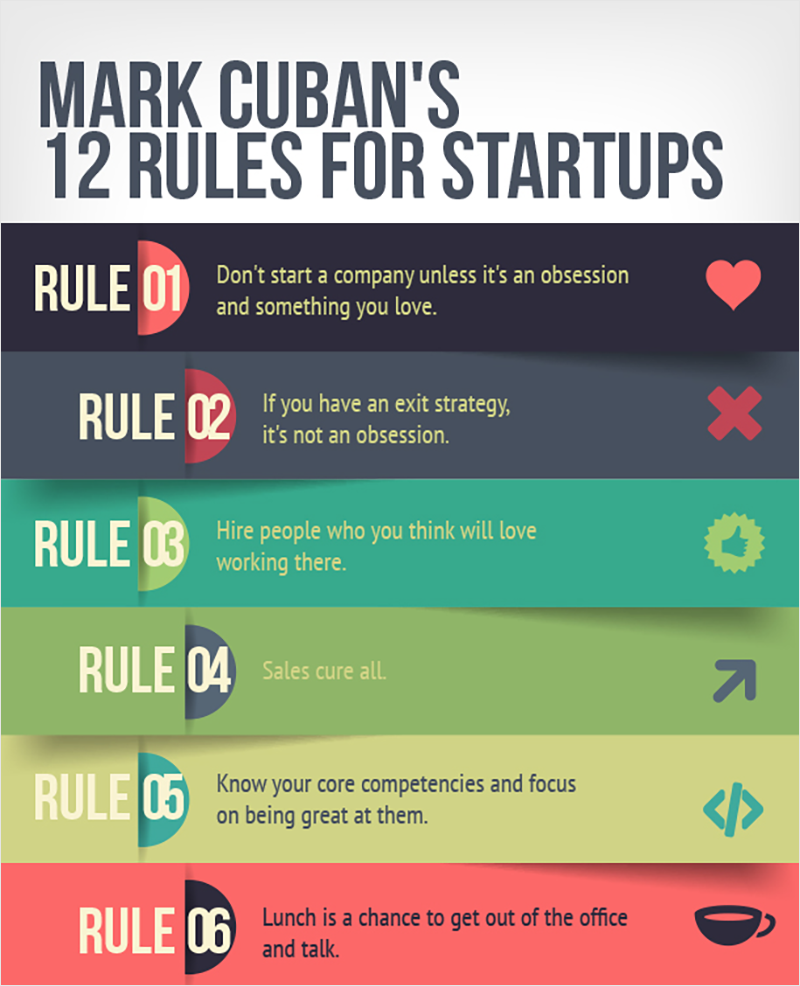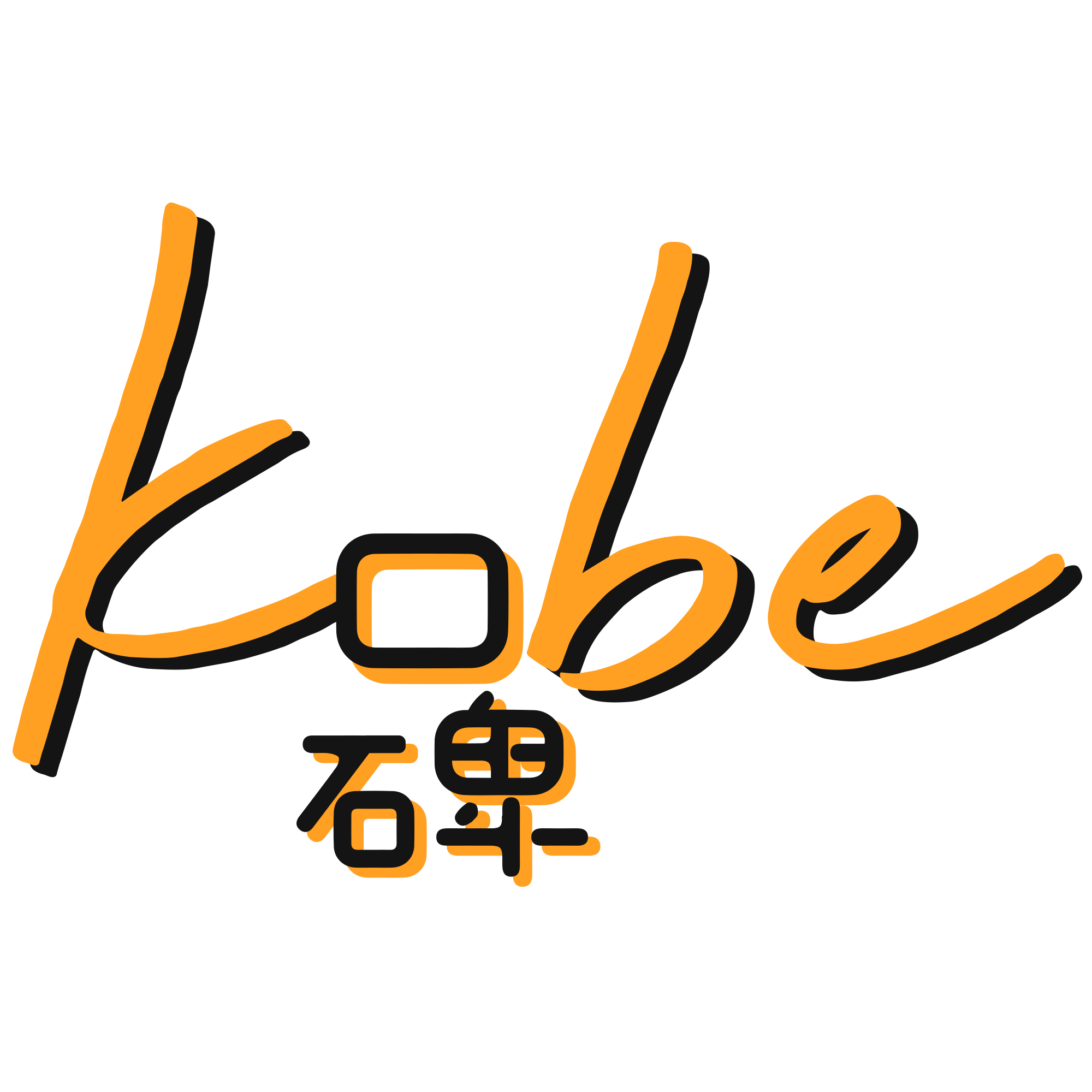How to get started on Visual Storytelling
As we’ve first discussed in the previous article, visual storytelling holds an important stand among marketing strategies. You’ve got an idea of how this may help your brand, but with such a broad range, where do you start from?
Here’s 5 tips to kick start your visual storytelling journey:
1. Choose the right visuals. Not blindly.
It’s true that visuals do attract us easily, but that doesn’t mean ANY visuals fills themselves right into the slot. Choose, or craft an image or video with meaning. Your visual needs a context that viewers can understand within one look.
Here’s are some examples you may refer to:

Source: https://www.boredpanda.com/powerful-social-advertisements/
Did you manage to get the meaning behind these images? If you don’t already realise, with a compelling image, you don’t really words to convey your message. The image itself says it all.
It’s not so much of a “Choose a nice visual -> brainstorm a description -> await viewers’ reaction” cycle anymore, right? That’s why they always say, “choose wisely”.
2. Have a Story to Tell
You’re probably questioning: “I just want to launch a new product. Where do I find a story to tell?” Well, we believe there’s a story behind everything you do. Sometimes it’s so subtle you might not even realize you can turn it into a story!
To give you a better idea of getting your story in shape, perhaps you should start accessing from your company itself: What’s the purpose of your company’s establishment? Where did the idea come from? What’s the motto of your brand? What’s the experience you would like to create for your consumers? What do you want them to gain from it?
If you haven’t already thought about this, perhaps that’s why you felt you didn’t have a story to tell! Start to think about the main purpose behind your campaign, and guide your train of thoughts along how to present this ‘purpose’ through visuals (or even a video).
3. Get Personal
It’s not easy to get personal with someone simply through visuals, especially if you do not know him/her directly. However, it is important for your consumers to be able to identify with your brand, something that can make them relate so closely to the point they can go, “Wow! I feel like they’re talking about me.”
You might think it’s not possible to do so, but hey! ACUVUE® did it:

Source: https://dailyvanity.sg/news/acuvue-define-radiant-sweet/
We’re sure most of you already know ACUVUE®, one of the most widely known contact lenses brand in Singapore. As part of the ACUVUE®DEFINE® campaign, they wanted to spread the message of encouraging women to embrace their individuality – with their eyes.
Based on the fact that everyone has different iris patterns, ACUVUE®DEFINE® lenses further enhances your eye patterns instead of changing them, meaning to say everyone’s eyes will look different with the same lens – as with women, they are all distinct in their own unique ways.
This campaign sends out a powerful message that hits the spot for most women, in particular those who feels strongly towards maintaining their unique self. This was indeed a smart initiative which probably touch the hearts of many.
So what’s your brand’s initiative to get personal? We’ll leave you to think about it 🙂
4. Infographics, Infographics!
Though probably not relevant/suitable for all brands, infographics are a great way to get factual information or instructions across to your audiences without boring them out. It’s best for replacing chunks of information with visuals that’s much easier to comprehend. Remember, we are all visually attracted creatures! However, there’s a technique to go about arranging these graphics too. It’s not just about animating and throwing it all in!
Let’s take a look at some examples:

Source: http://blog.visme.co/best-infographic-examples/
Note that there’s a flow from top to bottom. It is important to guide your audience through the information step by step! They are not extreme mind-readers to decipher where to start from. Treat it as bringing them on a learning journey, your graphics are to guide them from the start, to the middle, all the way to the end. By the time they are done, they should be well aware about the message you are conveying. Also, keep your sentences short and concise, and enhance the main points with numbers/visuals! Your main point here is to reduce reading but yet increase understanding.
5. Stay Relevant
This is a pretty much an apparent point, but just a reminder to make sure you do not sway off track. Once you’ve identified your objective, stick to it. Whatever ideas you have in mind, ask yourself, “Does this relate back to my objective? Does this convey the message I want to share?”
It may come across as a common sense question but trust me, things go south if you’re not alert enough!




